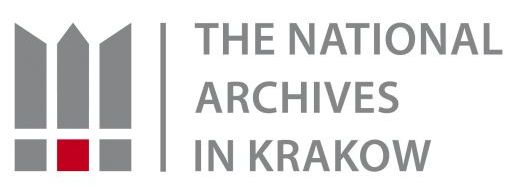A MODERN TOWN
From the events of the Royal Free Town of Podgórze 1784–1915
The Royal Free Town of Podgórze in 1784 obtained its own local government and, just like the Royal Capital of Lwów, the rights to send representatives to state proceedings. The leaders were to be chosen by citizens of Podgórze, in accordance with the order established from above. All those with town rights, no matter what their religion, received the right to vote. A universal announced the construction of a town hall and declared that some of the costs should be covered by the State Treasury.
Initially, the town was governed by a mayor together with just a few clerks, that is, a court agent, councillor, legal advisor, town cashier, secretary, court reporter, scribe and town surgeon. With time the group of clerks increased with, among others, a police commander, midwife as well as a teacher. The Town Hall supervised administration and civil law, and managed municipal property, public safety and sanitary care. Until the middle of the 19th century, its powers were limited and dependent on the regional rulers. Official business was conducted in German.
Together with the Austrian-Hungarian monarchical reforms, the local government obtained greater autonomy. On the basis of the borough laws from 1866, the Borough Council was created – a legislative and controlling body, as well as the subordinate – Borough Authority, conducting the activities of the Town Hall. The Council was chosen by members of the borough, which in turn nominated the Authority (mayor and court agents). The official language was Polish. In 1889, the Borough Council was replaced by the Town Council, and the Authority by the Town Hall. The Council created permanent or interim committees directing particular fields of life.
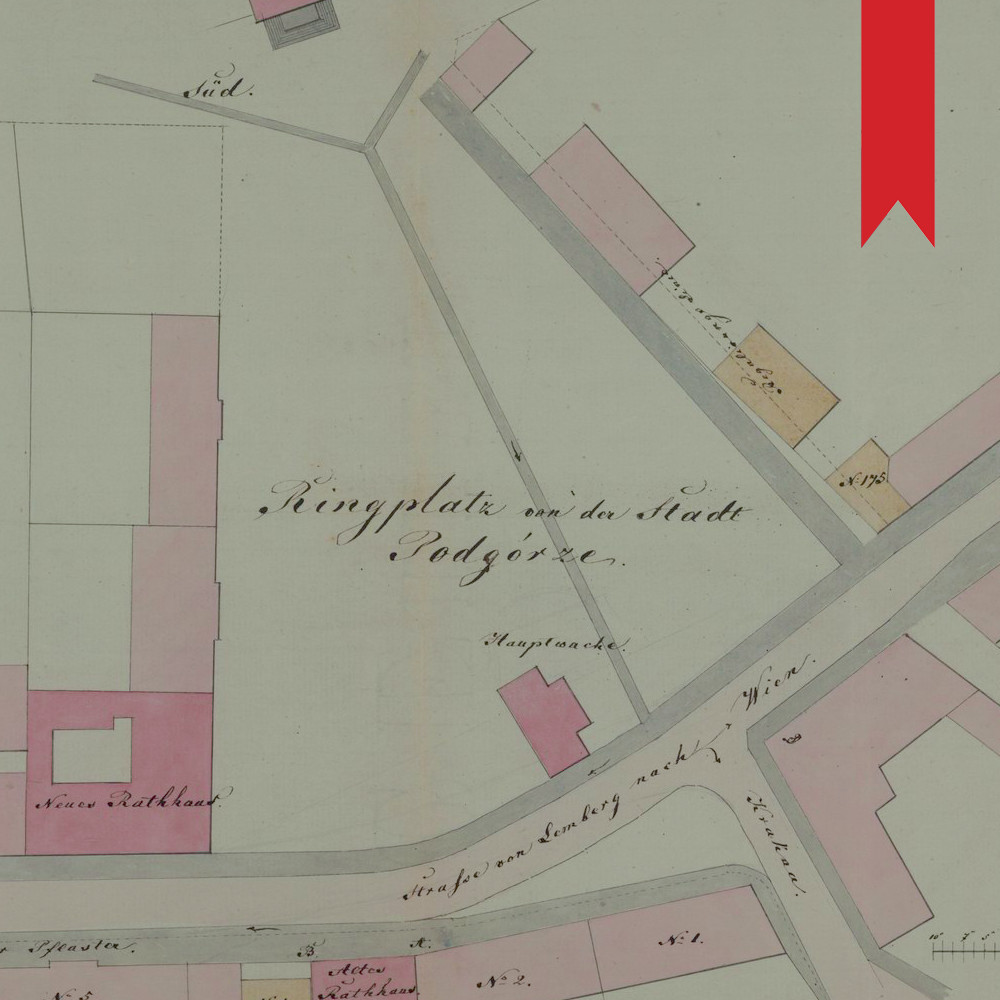
Plan of Podgórze Market Square with the Old and New Town Halls designated, 1844
(ANK, ref. no. 29/53/45, p. 1261)
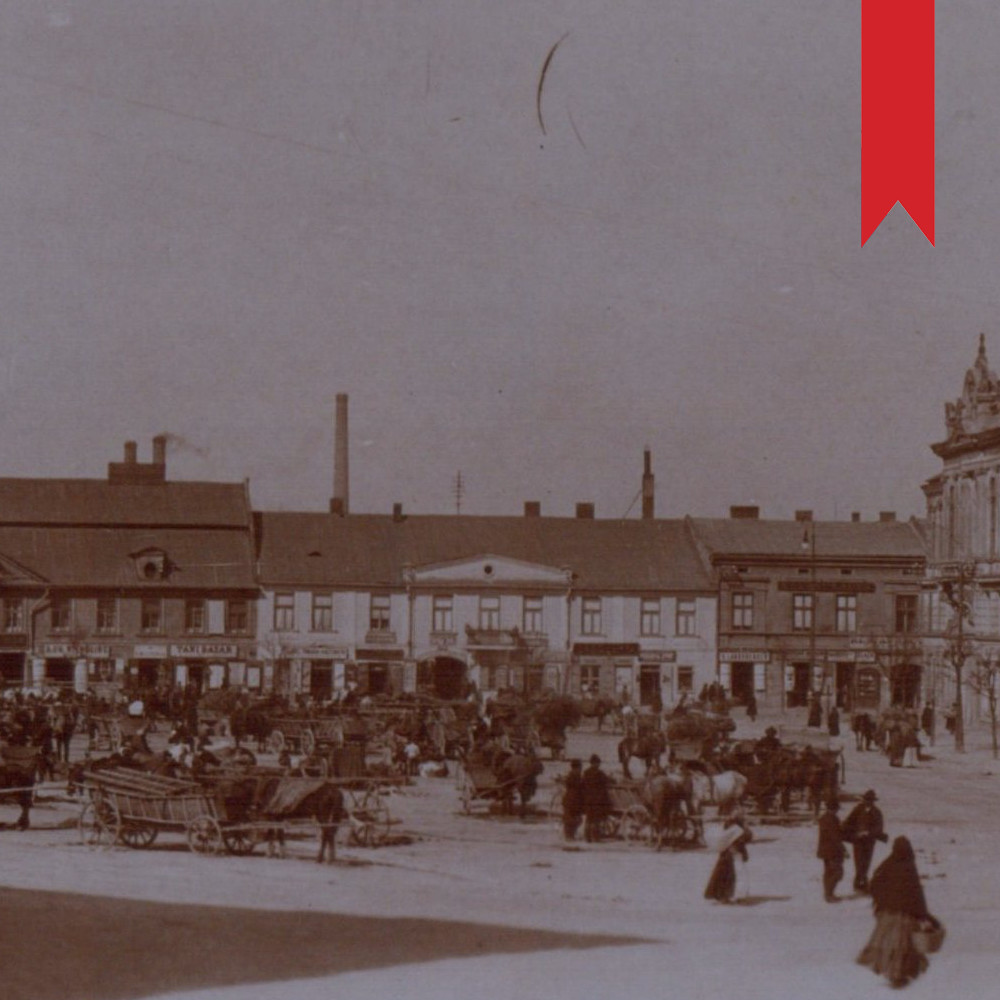
View of the northern frontage of Podgórze Market Square, in the middle is the so-called Old Town Hall, which was the headquarters of the municipal government until the middle of the 19th century
(ANK, ref. no. A-II-341)

The New Podgórze Town Hall built in the years 1844–1854, redeveloped during 1891–1892, represents the style of Historicism with Neo-Baroque elements
(ANK, ref. no. A-IV-587)

Design of the construction of the second floor of Podgórze Town Hall by Józef Kryłowski, 1891
(ANK, ref. no. 29/53/949, p. 743)
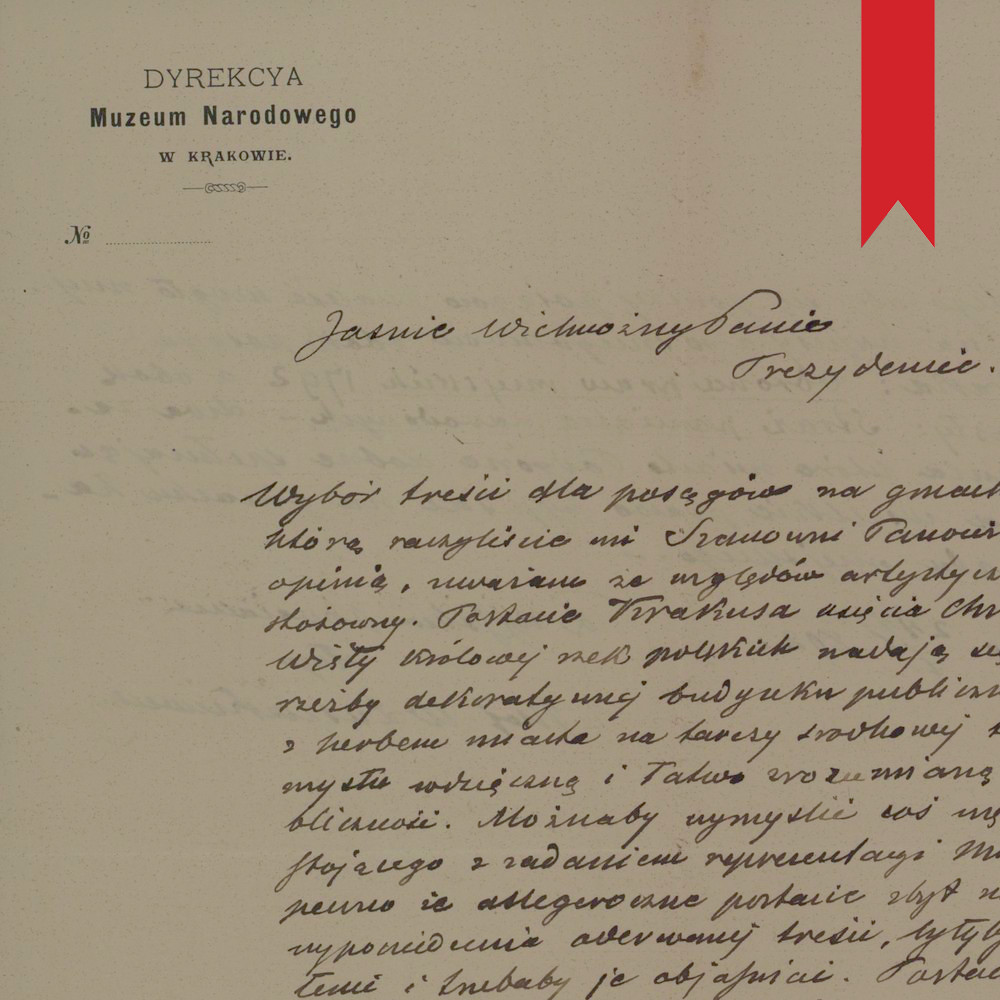
Opinion of Prof. W. Łuszczkiewicz concerning the selection of sculptures in the façade of Podgórze Town Hall, 1892
(ANK, ref. no. 29/53/949, pp. 281–282)
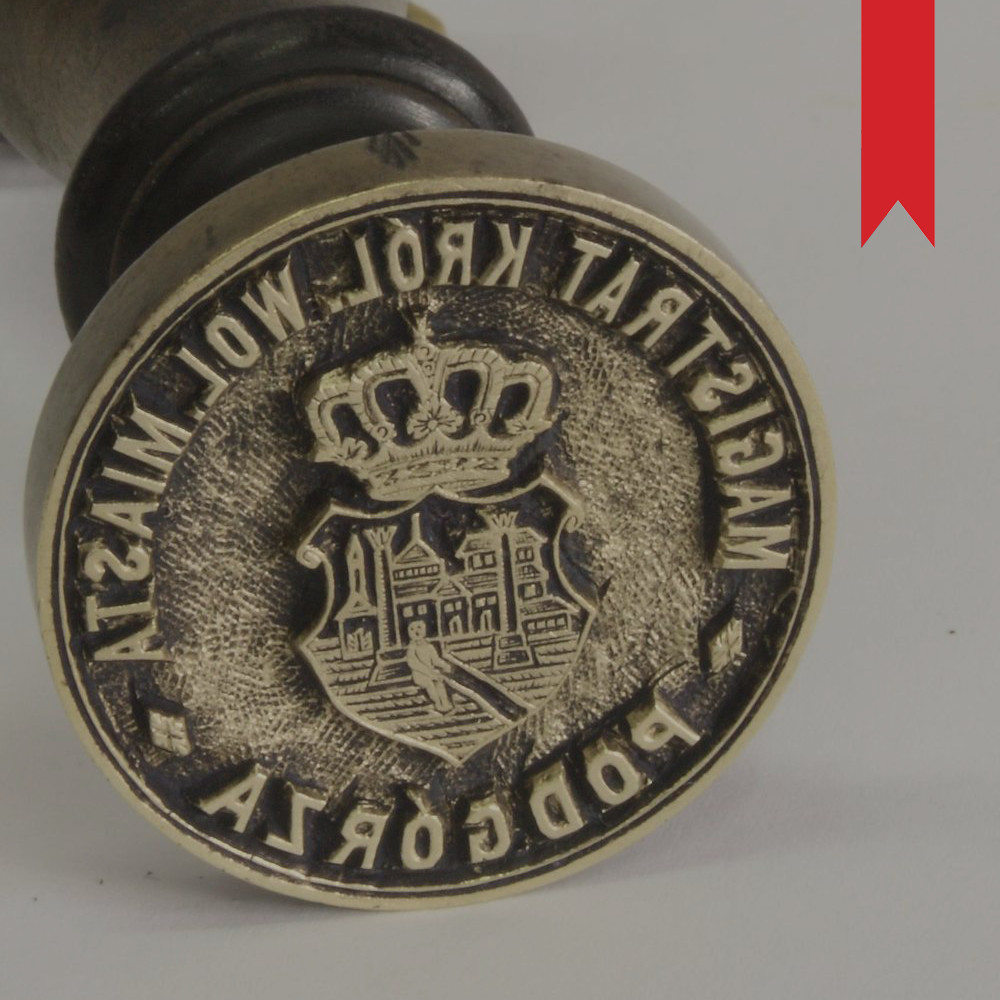
Metal stamp with a wooden handle, serving to press the round coat of arms of the Town Hall
(ANK, ref. no. 29/661/294)
